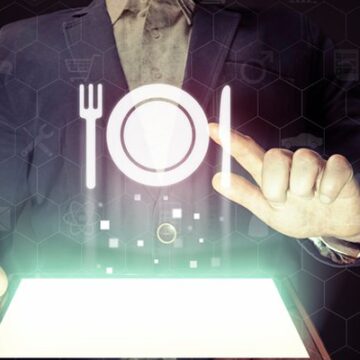Temperature monitoring systems are used extensively by food industry professionals to determine whether any particular food product is safe for consumption. Any food product is extremely prone to bacterial consumption. Though bacteria can’t be seen with a naked eye, they are always present in water, air, soil, as well as the food that we consume.
The amount of bacteria ingested by an individual is directly related to the probability of falling sick. Ingestion of a small portion of disease-causing bacteria may have no effect at all or cause mild illness. However, if ingested in large quantities, severe to fatal illness can be caused by the same bacteria. This is where temperature monitoring and control comes in.
If any particular food is not stored at the appropriate temperature, there is a serious chance of rapid reproduction of bacterial species. This is one of the greatest reasons of food borne illness, leading to safety violations for an eatery.
Fortunately, transmission of bacteria can be controlled by food industry professionals and one of the best ways to do it is by using temperature monitoring systems. The growth rate of bacteria is the highest in the temperature range of 4-60 degrees Celsius. In this range, bacteria tend to double in as little as 20 minutes.
Food Safety and Temperature Monitoring:
The easiest way to ensure food safety in a restaurant is regular temperature monitoring. While cooking different foods, an accurate probe thermometer can be used to obtain a valid reading. After achieving the ideal thermometer reading, to allow maximal bacteria elimination, the reading should remain consistent for at least 15 seconds.
Check hot or cold food using a thermometer at least every two to four hours. Alternatively, using a Food Temperature Indicator to verify the time the food has been out is a logical idea. If this checking is done every two hours, there will be enough time for restaurant staffs to initiate corrective measures in case of a breach in danger zone temperature range.
Corrective actions can be as simple as re-chilling or reheating of the affected foods before bacteria can spread further. Any inefficiency in temperature monitoring is likely to result in safety regulatory compliance violations, food borne illness, and unnecessary food waste.
Mentioned below are some key tips for temperature monitoring in a restaurant
- Consistently check the temperature of the freezer or refrigerator
- Consider using a secondary freezer or refrigerator thermometer because your appliance’s built-in thermometer may not be accurate.
- To receive the most accurate reading possible, regularly calibrate and clean your thermometers.
- Make sure that all restaurant staffs have proper understanding of the thermometer or Food Temperature Indicator and are able to use it.
- To ensure constant supervision, consider using a digital temperature monitoring system.
Improved Profit through Temperature Monitoring:
Many of you may not be aware of the fact that 85% of restaurant food product loss and safety issues are associated with temperature or time controls. Inability to ensure proper food temperature management is a poor business strategy that may have significant financial consequences. Use of temperature monitoring systems can play a key role in building a restaurant culture that is economically, socially, and environmentally more sustainable.
If you want to find out more about temperature monitoring systems and their use, please get in touch with our experts at Shockwatch.


